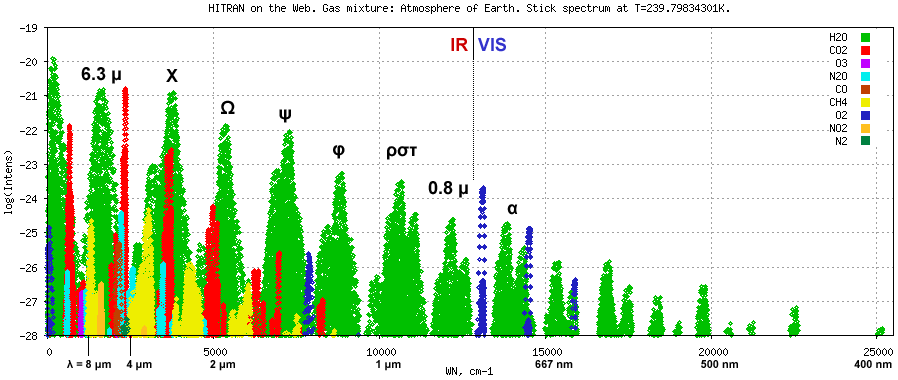
Below is a Hitran Model of the
wavelength dependent absorption by atmospheric gases. Note that at
0.8um there is a defined band corosponding with water vapor absorption. This is the wavelength range that will be monitored.


Community Outreach
One requirement for
participation in the spectrograph competition is participation in a
community outreach event. The spectrogrpah team participated in the
Astronomy Days event at the Museum of the Rockies on April 5th, 2014.
The event highlighted current topics of interest related to astronomy
and science at Montana State University and worldwide. The spectrograph
team spoke with hundreds of children and members of the public about
their spectrograph, and lead the construction of paper spectrographs
that attendees could take home!